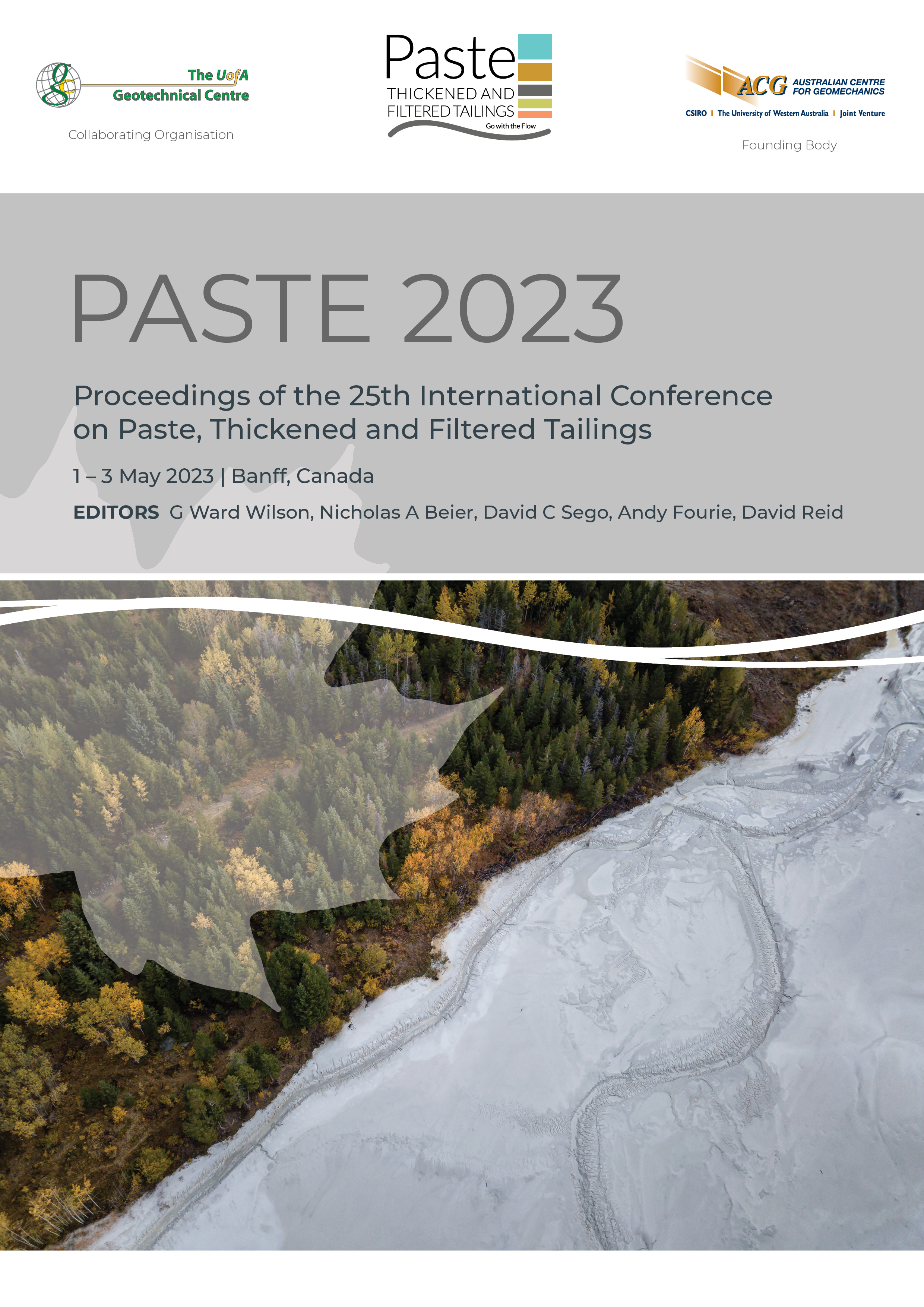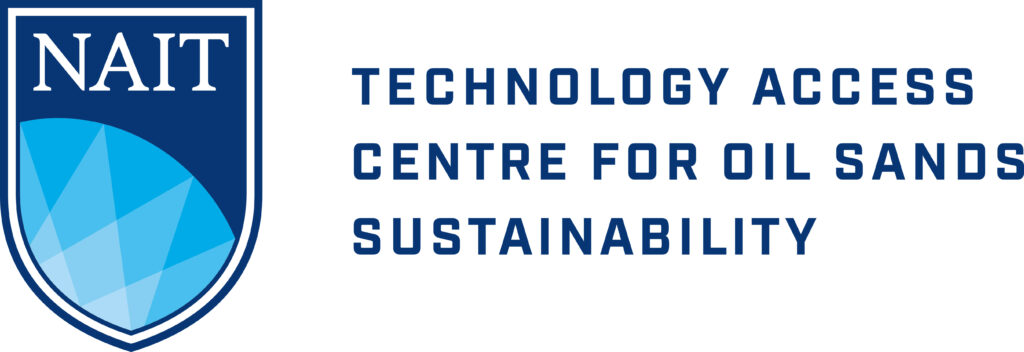Evaluation of automatic polymer dosing control to optimise the performance of belt presses

|
Authors: Koenig, J; Dowd, A; Ballantyne, J; Schroeter, R |
DOI https://doi.org/10.36487/ACG_repo/2355_23
Cite As:
Koenig, J, Dowd, A, Ballantyne, J & Schroeter, R 2023, 'Evaluation of automatic polymer dosing control to optimise the performance of belt presses', in GW Wilson, NA Beier, DC Sego, AB Fourie & D Reid (eds), Paste 2023: Proceedings of the 25th International Conference on Paste, Thickened and Filtered Tailings, Australian Centre for Geomechanics, Perth, pp. 308-315, https://doi.org/10.36487/ACG_repo/2355_23
Abstract:
Increasing environmental, regulatory and social scrutiny has necessitated a change in tailings management governance across the mining industry. The sector is trending towards dry disposal of tailings to reduce environmental impact, tailing dam risk exposure and to safeguard the sustainability of operations. Common technologies employed for tailings dewatering and water recovery include thickeners and filters. A key challenge for sites employing belt press filters and gravity drainage decks is to optimise belt performance and polymer dosing control whilst treating variable ore types and clays that are difficult to dewater. Polymer addition is critical to the efficacy of the dewatering process with dosing typically adjusted by the filter operator based on visual inspection. The practice of high polymer addition is common to achieve stable filtration over extended periods and to reduce the level of operator supervision. However, the polymer dose may not be sufficient to account for changes in sludge conditions such as flow rate and density. This may lead to a drop in cake dryness, blinding of the belt, reduced reliability and stability of the belt, increase frequency of overspills and ultimately reduced plant productivity and increased treatment costs. Enhanced polymer dose control requires relevant, accurate and timely monitoring. Focus has been placed on developing a continuous measurement and control system, which detects the topography of the sludge on a belt and accurately adjusts the polymer dose, via proprietary algorithms, to optimise the belt performance amid changing sludge conditions. This paper will present the advantages of automatic control compared to traditional manual techniques and corroborate these advantages by case studies.
Keywords: belt filter press, Flocculant, dose control, gravity drainage deck
© Copyright 2026, Australian Centre for Geomechanics (ACG), The University of Western Australia. All rights reserved.
View copyright/legal information
Please direct any queries or error reports to repository-acg@uwa.edu.au
View copyright/legal information
Please direct any queries or error reports to repository-acg@uwa.edu.au



